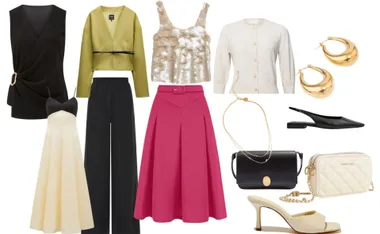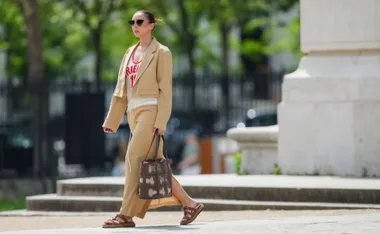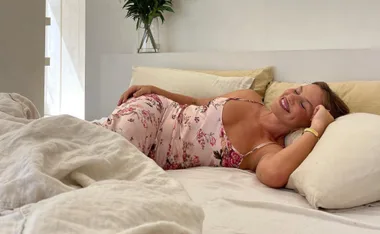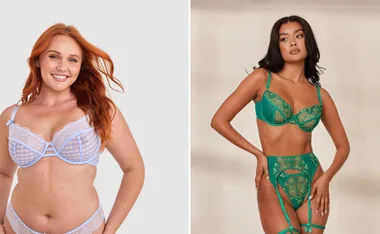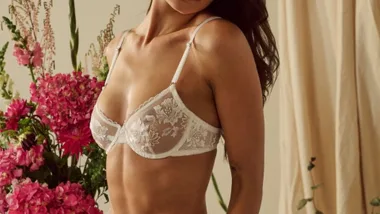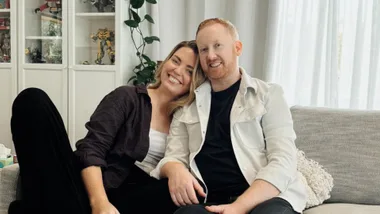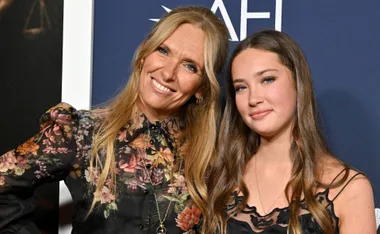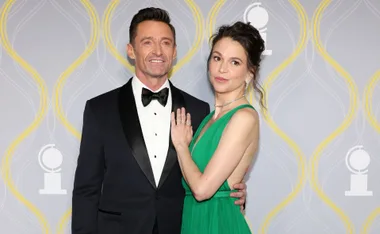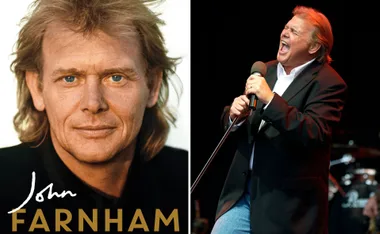Since she turned 38, Meryl Streep has been waiting for her career to collapse. Instead, at 60, she’s a box-office powerhouse – most recently, she has been energetically pursued by Alec Baldwin and Steve Martin in the romantic comedy It’s Complicated. Leslie Bennetts talks to the (un-Botoxed) face of a Hollywood revolution
In one of the more curious plot twists of recent industry history, Hollywood has a new box-office queen. She’s certainly not new to the industry, nor is she young. While she is fabulous by any measure, she is a babe primarily by the standards of the older set. For the past 30 years, she has been venerated as the best actress of her generation and her performances have won critical raves as well as rafts of awards – but even her most ardent fans, until recently, wouldn’t have linked her name with blockbuster receipts.
In pictures: Meryl Streep
And yet, at an age when women have traditionally been relegated to playing old crones, Meryl Streep has become a powerhouse at the box office. Last year’s Julie & Julia, in which Meryl played the chef Julia Child, has earned $137million to date and won her a Golden Globe and her 16th Oscar nomination. In January, Fantastic Mr Fox was released, Wes Anderson’s animated film adaptation of Roald Dahl’s children’s story, which co-stars George Clooney and Meryl as Mr and Mrs Fox.
And soon after came It’s Complicated, which stars Meryl as the ex-wife of a cad played by Alec Baldwin, who has cheated on her, divorced her and married a very young second wife with whom he has become very bored – whereupon he plunges into a torrid affair with his ex, who is also being romanced by an architect played by Steve Martin.
“It’s incredible – I’m 60, and I’m playing the romantic lead in romantic comedies!” Meryl marvels.
Audiences have already pegged It’s Complicated, directed by Nancy Meyers, as a hit and Meryl’s performance as a must-see, thanks to an irresistible trailer that elicits peals of laughter when her character tells her equally middle-aged friends about her unexpected adulterous transgressions and adds, with a priceless mixture of embarrassment and pride, “Turns out I’m a bit of a slut!”
Although her name used to be associated with such angst-ridden dramas as Sophie’s Choice, these days Meryl, the recipient of two Academy Awards – as well as 15 Oscar nominations and 21 Golden Globe nominations, more than any other actor in the history of either award – can often be found in commercial crowd-pleasers that induce hilarity instead of uncontrollable sobbing. Mamma Mia!, the 2008 screen musical, has grossed $681million worldwide. The Devil Wears Prada, which was released the same year to widespread acclaim, has made $367million worldwide.
Many studio executives seem stunned that a series of movies about middle-aged women has racked up such enviable grosses. Meryl’s success has forced Hollywood to consider a startling hypothesis: if you make movies that actually interest women, they will buy tickets to see them. “She broke the glass ceiling of an older woman being a big star – it has never, never happened before,” says Mike Nichols, who directed the actress in Silkwood, Heartburn, Postcards From The Edge and Angels In America.
The stage version of Mamma Mia! – which was written, produced and directed by women – has grossed more than $2.2billion and been seen by more than 30 million people worldwide since opening in 1999. The movie’s success has brought sweet revenge. “It’s so gratifying because it’s the audience that nobody really gives a s**t about,” Meryl has said.
Given the enormous pool of underserved baby boomers, perennially miffed that no one makes films they want to see, the recognition that life doesn’t end at 30 just seems like commonsense. Meryl may have redefined what Hollywood views as the peak of a woman’s acting career, but the real world has always offered more possibilities than Hollywood has and audiences have particularly responded to the passion and devotion so visible in the marriage of Julia Child and her husband, Paul – who by all accounts adored his taller, larger and more celebrated wife – as well as to the extraordinary success she achieved in later life. “I can never get over the fact that Julia Child’s famous book, Mastering The Art Of French Cooking, was published when she was almost 50 years old,” Meryl observed last year. “So she didn’t really become ‘Julia Child’ until she was 50.”
Your say: Do you have a favourite Meryl Streep film? What do you think of Meryl? Share your thoughts below…
To read more about Meryl Streep, pick up the March issue of The Australian Women’s Weekly out now with Glenn McGrath and Sara Leonardi on the cover.
Newsletter conversion description. Get the latest in your inbox.


